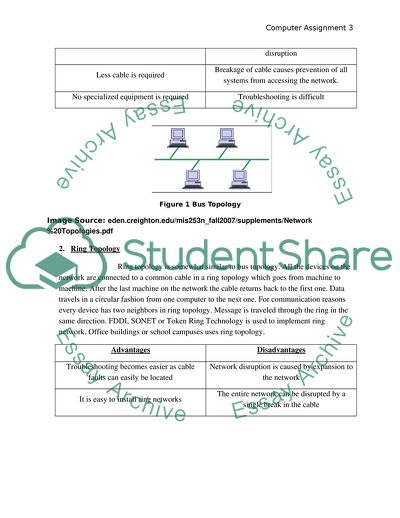Cite this document
(Network and Telecommunications Concepts Assignment Example | Topics and Well Written Essays - 1250 words, n.d.)
Network and Telecommunications Concepts Assignment Example | Topics and Well Written Essays - 1250 words. https://studentshare.org/information-technology/1715560-network-telecommunications-concepts
Network and Telecommunications Concepts Assignment Example | Topics and Well Written Essays - 1250 words. https://studentshare.org/information-technology/1715560-network-telecommunications-concepts
(Network and Telecommunications Concepts Assignment Example | Topics and Well Written Essays - 1250 Words)
Network and Telecommunications Concepts Assignment Example | Topics and Well Written Essays - 1250 Words. https://studentshare.org/information-technology/1715560-network-telecommunications-concepts.
Network and Telecommunications Concepts Assignment Example | Topics and Well Written Essays - 1250 Words. https://studentshare.org/information-technology/1715560-network-telecommunications-concepts.
“Network and Telecommunications Concepts Assignment Example | Topics and Well Written Essays - 1250 Words”. https://studentshare.org/information-technology/1715560-network-telecommunications-concepts.


